We may earn income from links in this post. Please read this Disclosure for details.
Discover the most popular Guatemalan drinks (and where to find them) in this guide to the country’s best alcoholic and non-alcoholic beverages!
While Guatemala is famous for its breathtaking natural wonders like Tikal’s pyramids, fiery volcanoes and crater lakes, its rich cultural tapestry extends to its traditional food and drinks.
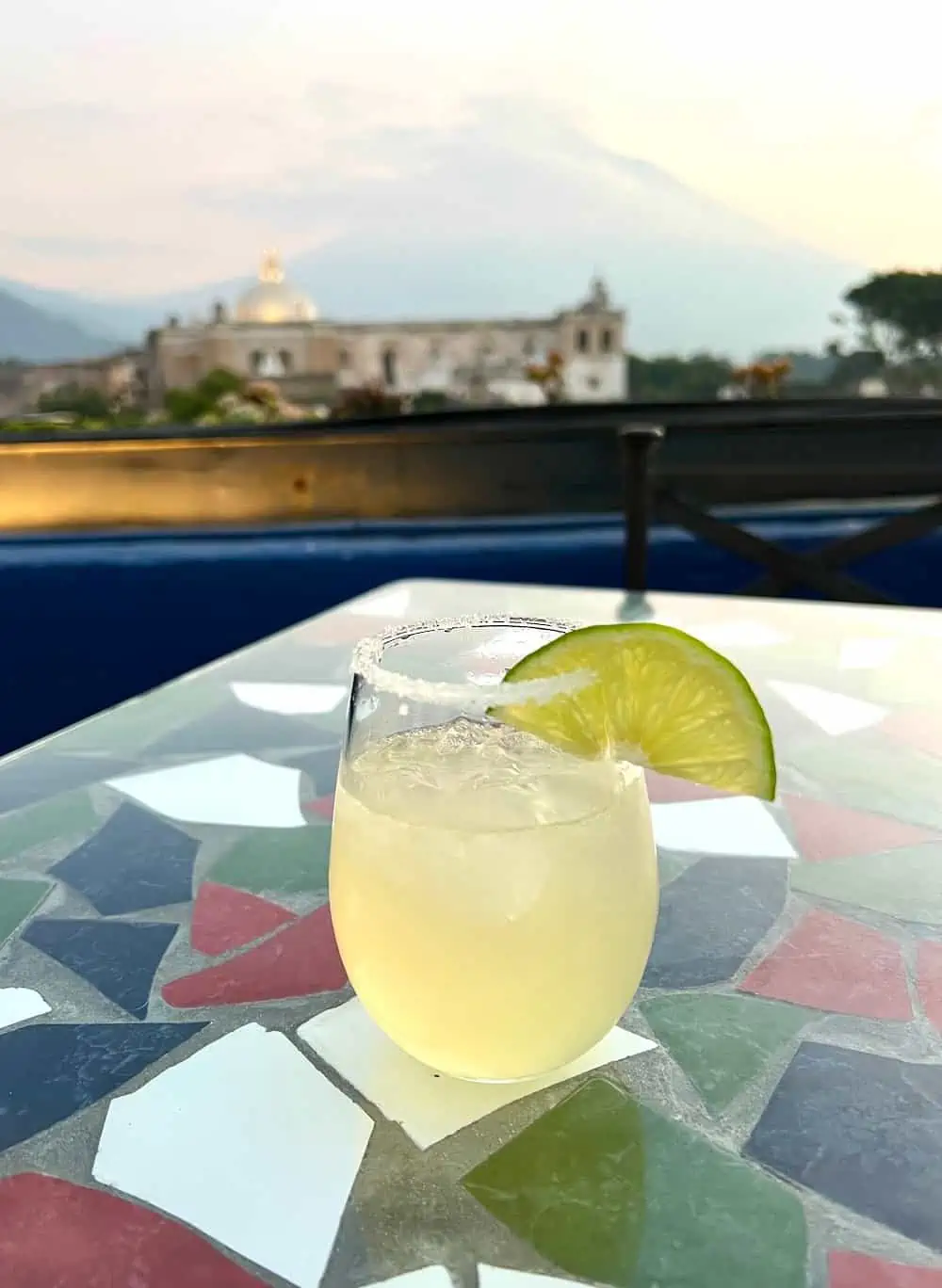
Over the past 30 years, my Guatemala-born husband and I have enjoyed exploring the country’s food and drink scene.
Whether wandering through bustling highland markets, enjoying street food in Antigua or visiting Garifuna communities on the Caribbean coast near Belize, there are unique drinks to discover at every turn.
It’s fascinating how Guatemala’s drinking culture blends tradition, celebration and seasonally-inspired flavours.
Join us on a spirited journey through Guatemala’s must-try drinks.
Not only are they the best traditional drinks to try in Guatemala, but they’re a fabulous way to soak up some local culture along the way.
1. Atoles ( Atole Blanco and Atole de Elote)

Begin your taste adventure with a mug of atole de elote, a creamy corn-based beverage, often enjoyed at breakfast. Its velvety texture make it a comforting (and nutritious) way to start the day.
Atol de elote‘s smooth sweet flavour also complements spicy food. So it’s often enjoyed in the evening with street food.
Atole blanco (made with plain maize) is a popular variation. It comes plain or with salt or sweet sprinkled with cinnamon. It’s always served warm.
🌟Try It: Sample authentic atole during a street food tour with Cuscun, a culinary tour company based in La Antigua. They offer market tours, cooking classes and street food tours both at night and during the daytime.
2. Cacao (Hot Chocolate and Cocoa)
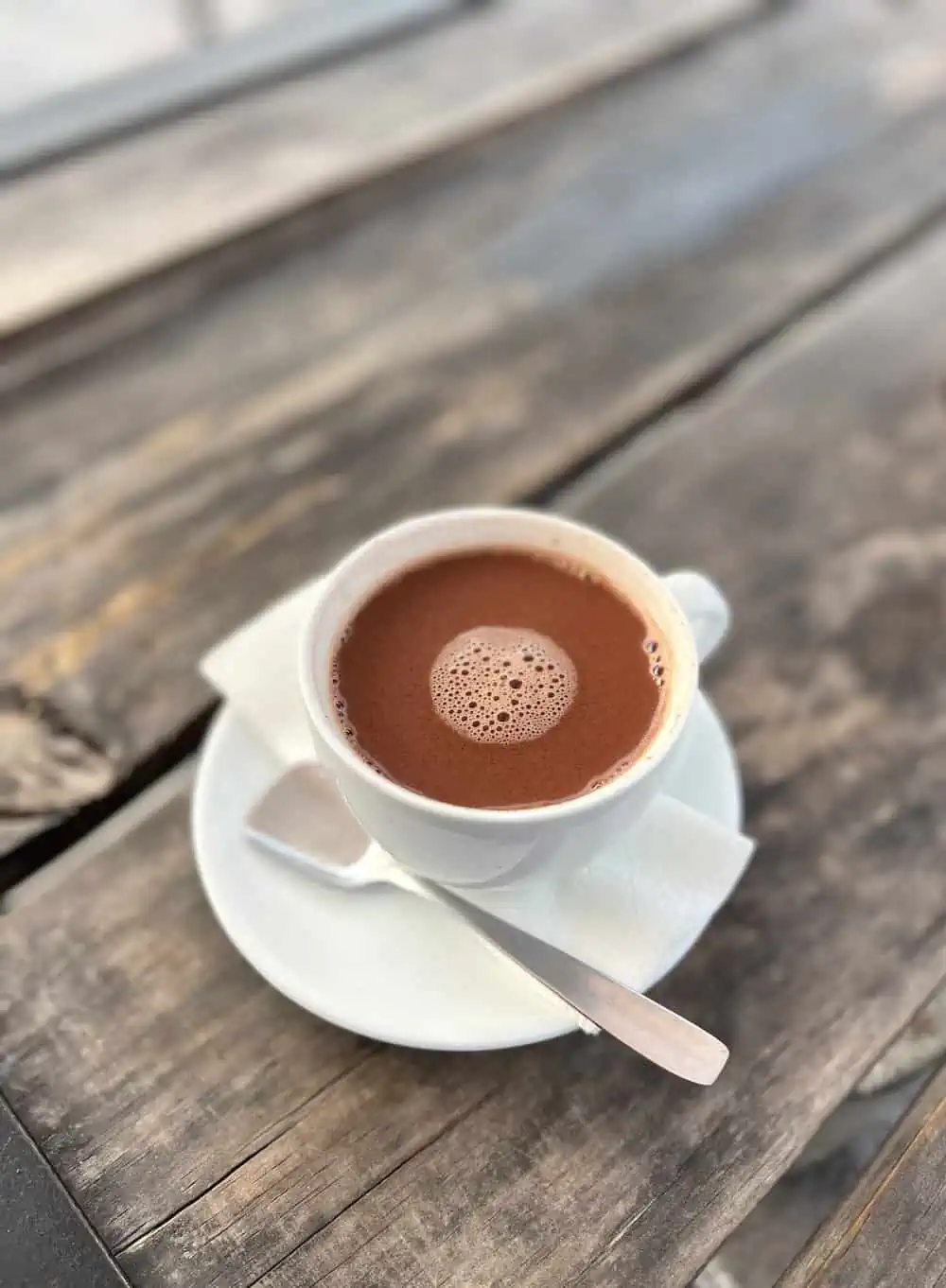
Guatemala is renowned for its cacao production. Considered to be a drink of the gods, it has a long history in the Mayan world.
Sampling a some ceremonial cacao is a top thing to do on any vacation in Guatemala. Rich, smooth, and sometimes spiced with cinnamon or cardamom, this traditional drink provides an authentic taste of the country’s chocolate heritage.
Order a mug of Guatemalan chocolate made with water (or milk) at most coffee shops. You can choose to have it served sweetened or unsweetened. Bear in mind that without sugar it’s quite bitter!
Unlike other cacao-producing regions such as Oaxaca and Grenada, where hot chocolate is whisked with a special tool (such as a molinillo) to make it frothy, Guatemalan hot chocolate is generally served flat.
That makes it ideal to enjoy with a champurrada, the biscotti-type Guatemalan sesame seed cookie made for dunking.
🌟 Try It: One of the best places learn more about this typical Guatemalan beverage is in a hands-on Chocolate Workshop in Antigua.
During this 2-hour class you’ll learn about cacao production from bean to bar, make your own chocolates and sample several cacao-based drinks.
Check prices and availability of a Chocolate Workshop on Viator.com
3. Chicha (Fermented Fruit Refreshment)
Another unique Guatemala drink is chicha, a fermented beverage made from maize as well as other ingredients such as cinnamon, sweeteners such as panela and fruit such as pineapple, nance and jocotes.
Somewhat akin to kombucha, this Guatemalan drink is both effervescent and mildly tangy.
Not only is it refreshing but it contains natural probiotics due to the fermentation.
In both El Salvador and Guatemala chicha is often used in traditional dishes such as gallo (rooster) in chicha as the fermented juice has a tenderizing effect.
4. Chilate
A favourite non-alcoholic drink for Día de Todos Los Santos (or All Saints Day) on November 1st, a celebration similar to Day of the Dead in Mexico, chilate is of prehispanic origin.
It’s made with toasted and peeled rice, cacao and spices formed into a paste and reconstituted.
This beverage is both energizing and nutritious, and easy to serve to a crowd, all qualities shared by traditional drinks served during Guatemalan festivals, holidays and special occasions.
5. Coffee Chapín (Guatemalan Coffee)
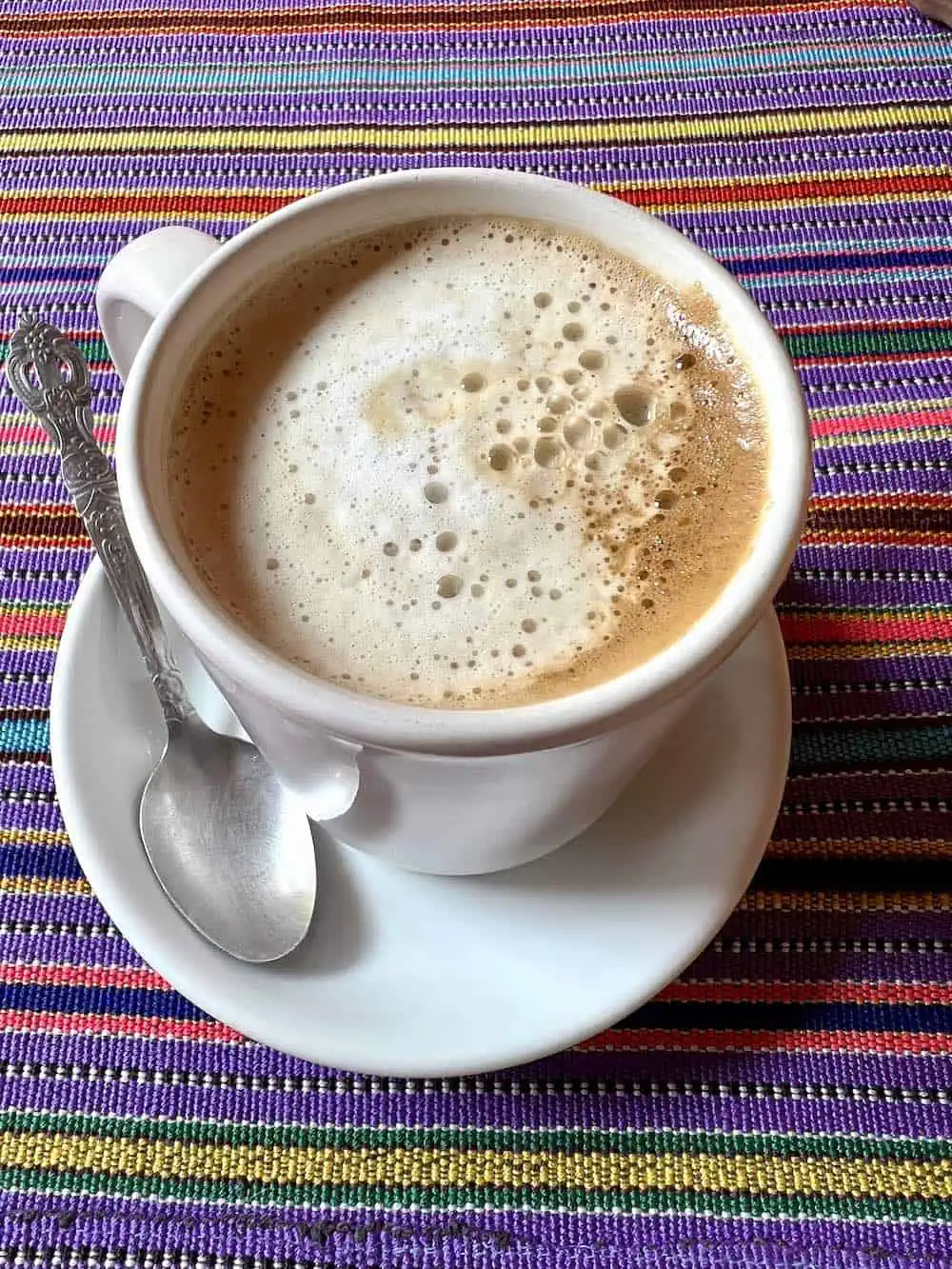
Although instant coffee such as Nescafé is the drink of choice in many Guatemalan households, a must-try drink in Guatemala is a steaming mug of the country’s fresh-brewed coffee.
Famous throughout the world for its high-quality Arabica coffee beans, Guatemalan coffee’s distinct flavour is the result of the combination of altitude, soil, and climate conditions in the country’s different coffee-growing regions.
To experience the diversity of these flavour profiles, one of the top things to do in Guatemala is to take a tour of a coffee plantation and enjoy a tutoured tasting.

Or for more leisurely research, spend time exploring the cafes in la Antigua’s historic centre.
The volcanic soil and high altitude of the regions in Antigua, Huehuetenango, Cobán and the highlands around Lake Atitlan produce coffees with light to full body, bright acidity, and floral or fruity notes.
A mug of premium coffee is a must-try Guatemalan hot beverage!
🌟Try It: Fernando’s Kaffee in La Antigua is famous for its shade-grown Guatemalan coffee and artisanal chocolate. Their hot chocolate is made with cocoa and grated cacao and delivers the ultimate in chocolate flavour.
6. Cusha
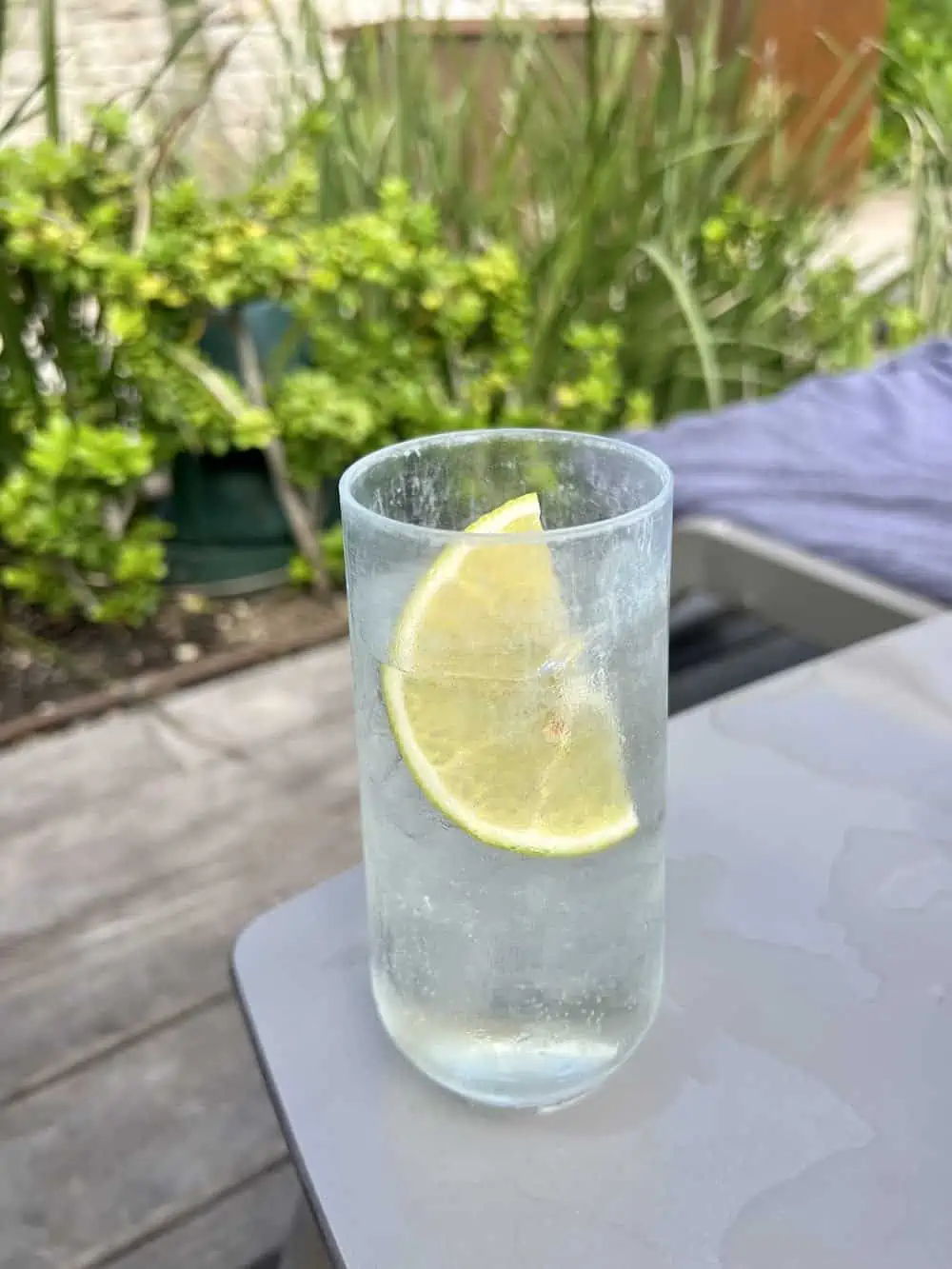
A lesser-known drink in the world of Guatemalan beverages, cusha is a fermented spirit made from distilled maize.
Akin to moonshine, it’s brewed illegally and made under-the-table so not the easiest to find. It’s also very potent.
So it’s often mixed into a fruity cocktail or served with lemon lime soda to make it more palatable.
7. Gallo Beer
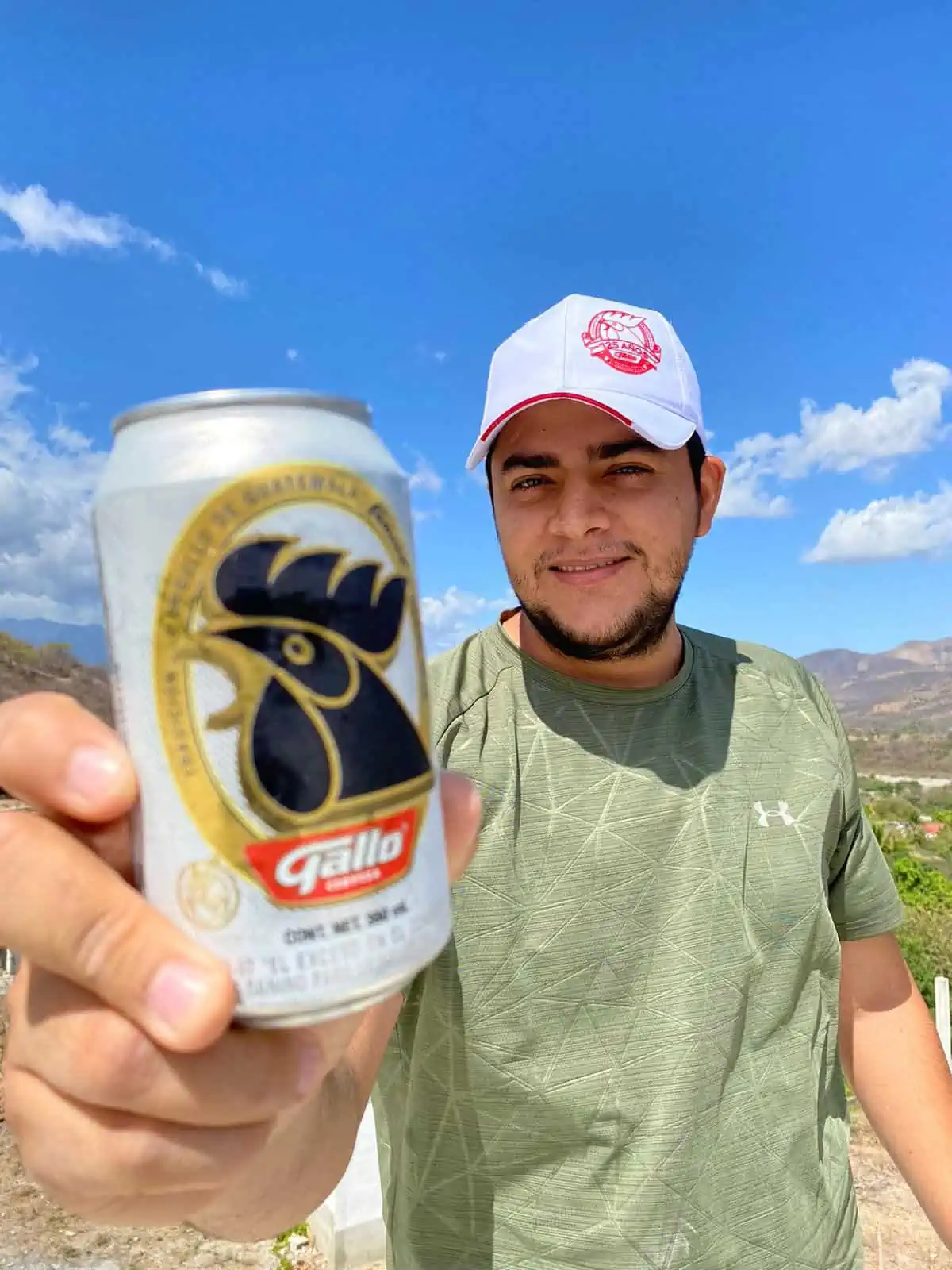
Wondering about Guatemala’s national drink? Many people, (ourselves included) consider it to be Gallo beer!
Gallo, the country’s most popular beer and Guatemala’s self-proclaimed national beer, is a light, crisp lager that complements the country’s typically heavy traditional food.
A chilled Gallo is welcome in the country’s warm climate especially in the sweltering coastal areas of the Pacific coast and lowlands of Zacapa.
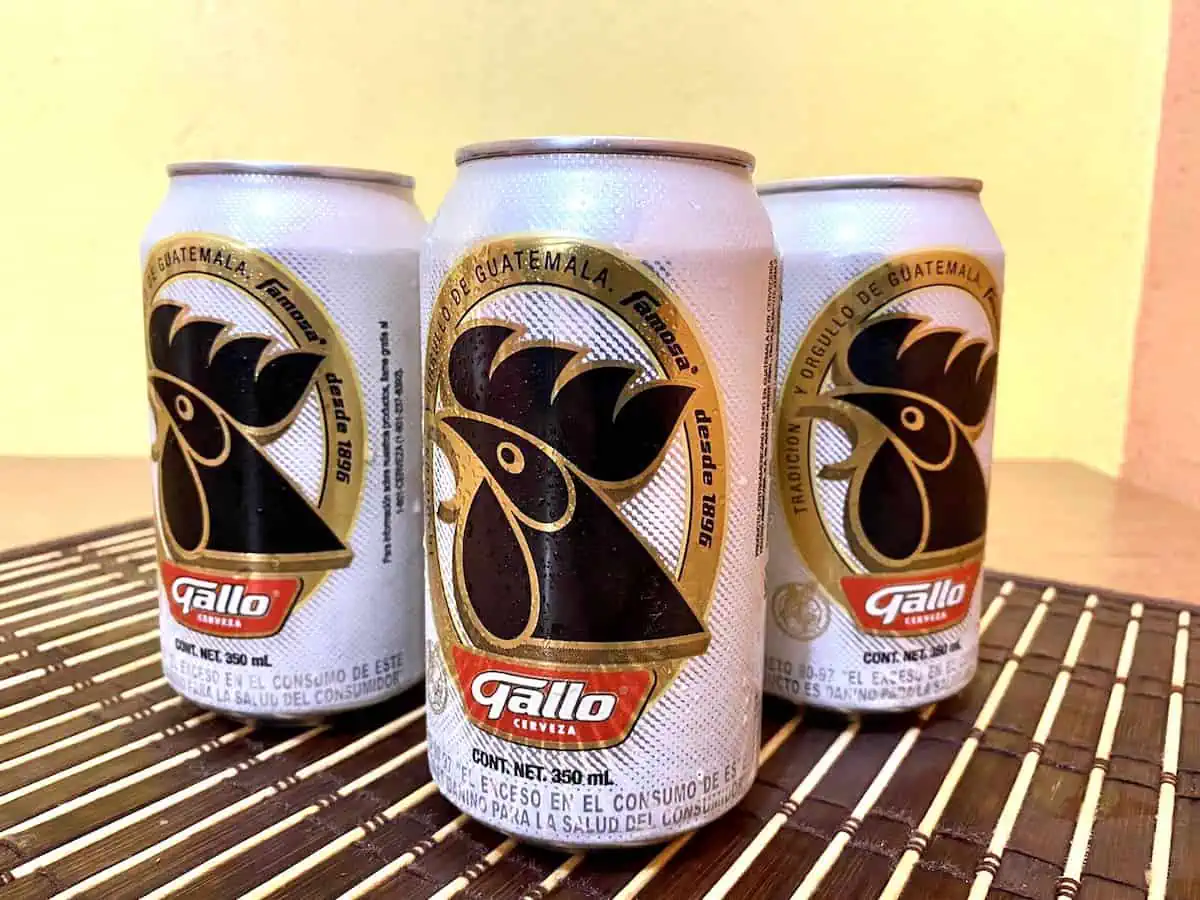
A Gallo is also an ideal drink to pair with spicy food such as kak’ik turkey stew, a dish from Coban featuring the smoky chile cobanero.
You can identify Gallo by the cheerful logo of a rooster on both the cans and large brown bottles.
Other local beers to try in Guatemala include Cabro, depicted with a leaping goat logo.
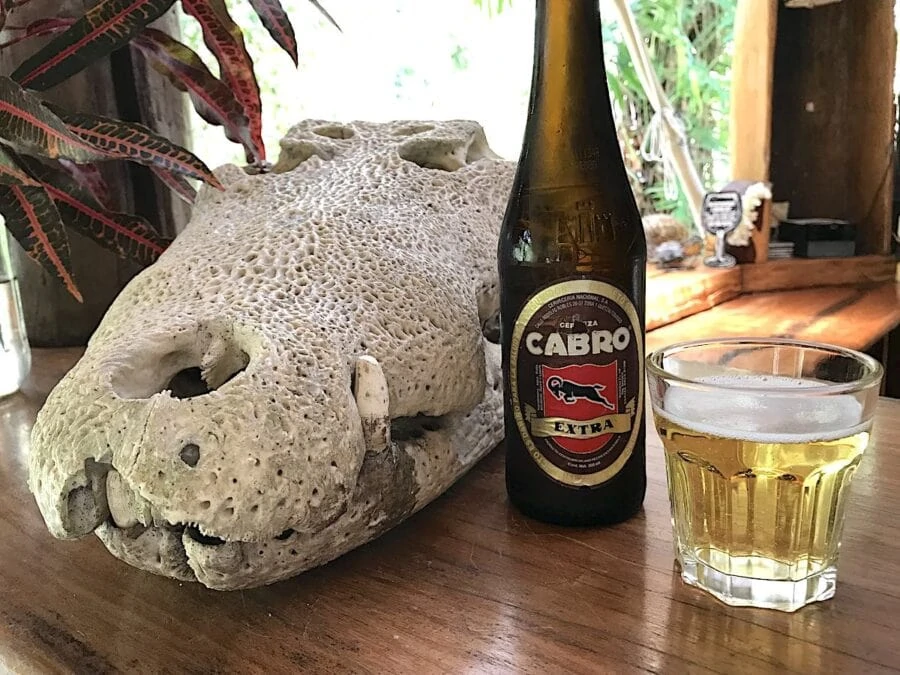
Try our Guatemalan recipe for Picosita, a spicy beer cocktail that’s a bit like a Mexican Michelada. But it’s served in a Gallo beer can!
8. Cerveza Artesanal (Craft Beer )
To switch things up from the usual pale lagers, head to a cantina in Antigua or a brewpub in Guatemala City where you can sample craft beer on tap.
The Londoner, a British style pub serves several craft beers produced by the local artisanal brewery Cerveceria 14 as well as Gallo draft beer.
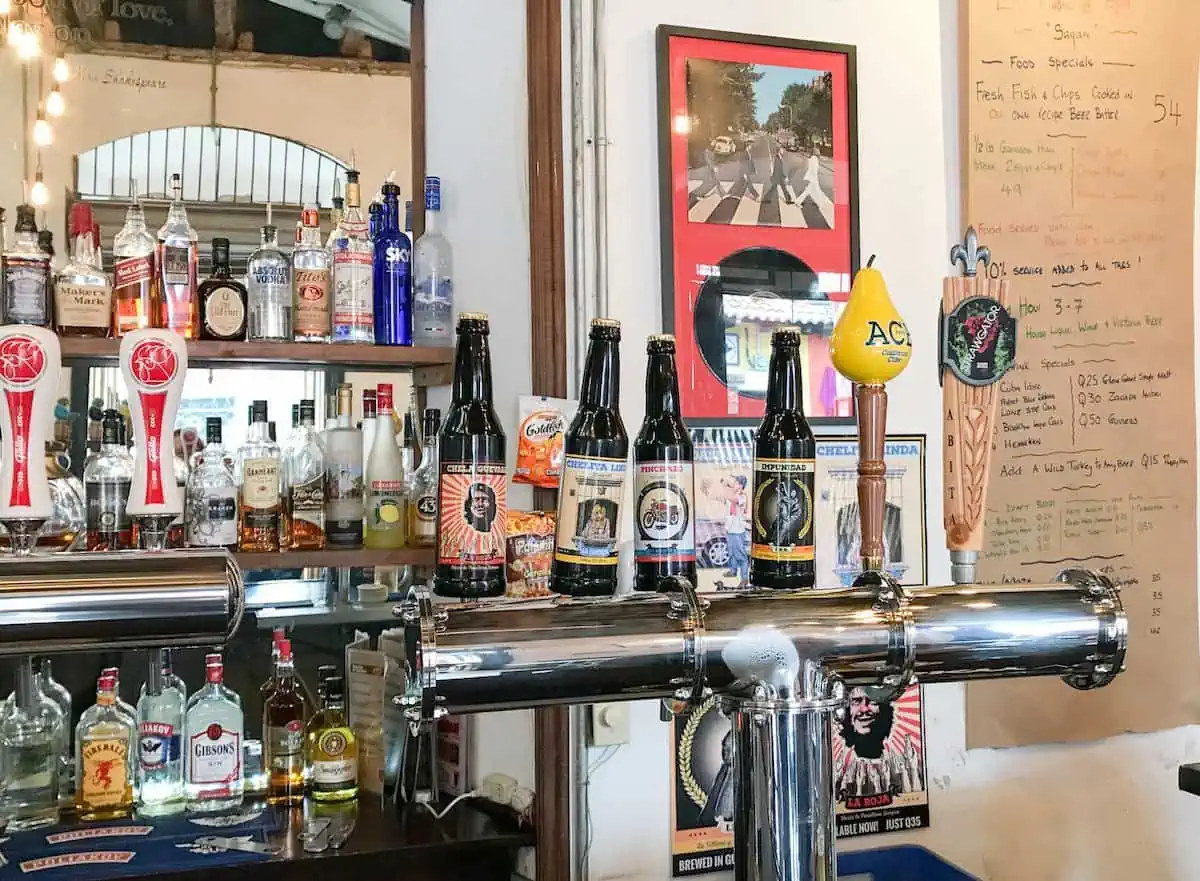
Follow it up with a flight of small-batch ales at the Antigua Brewing Company’s brewpub near the Central Plaza in Antigua (Google Map).
If you’re looking for craft beer in Guatemala City, head to hip and happening 4 Grados Norte, our favourite neighbourhood to spend an afternoon or evening.
There are quite a few brewpubs to choose from in this pedestrian-friendly district but el Principe Gris Cerveceria (Google Map) has the most atmospheric setting.
Sip an IPA or a Dunkel lager at one of the biergarten’s tables overlooking a leafy courtyard where hummingbirds flit about.
9. Horchata
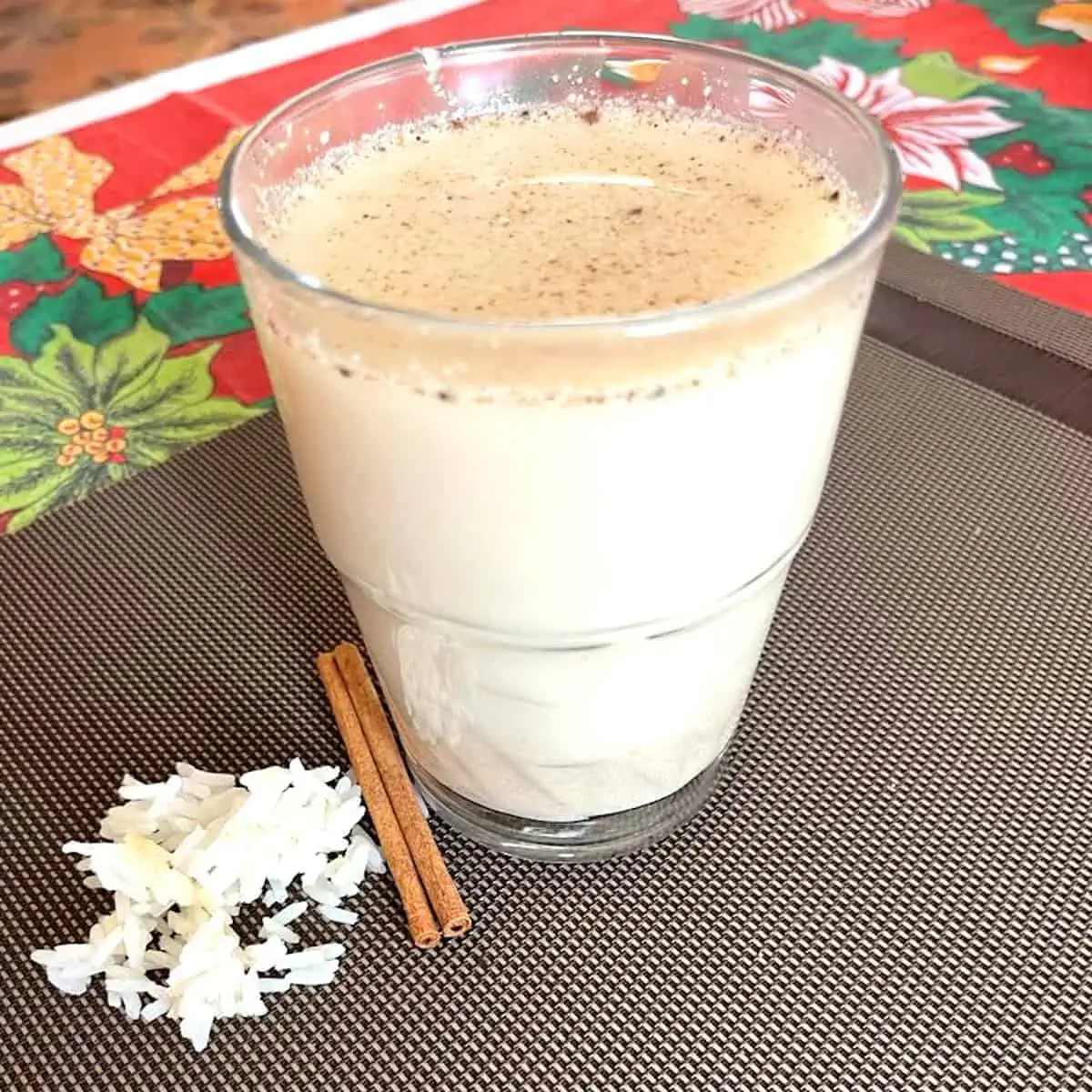
A cold rice-based drink found throughout Central America, horchata is a refreshing non-alcoholic Guatemalan drink.
Horchata has its roots in Spain (where it’s made with ground tiger nuts) and is especially popular during Las Fallas festival of Valencia.
In Guatemala, traditional agua de horchata is made with long-grained rice, pepitas and sesame seeds mixed with cinnamon. It’s often served with a cinnamon stick for stirring it.
You can easily find horchata served in local markets. Along with agua de avena, it’s one of Guatemala’s most popular traditional non-alcoholic drinks.
10. Licuados (Fruit Drinks/Smoothies)
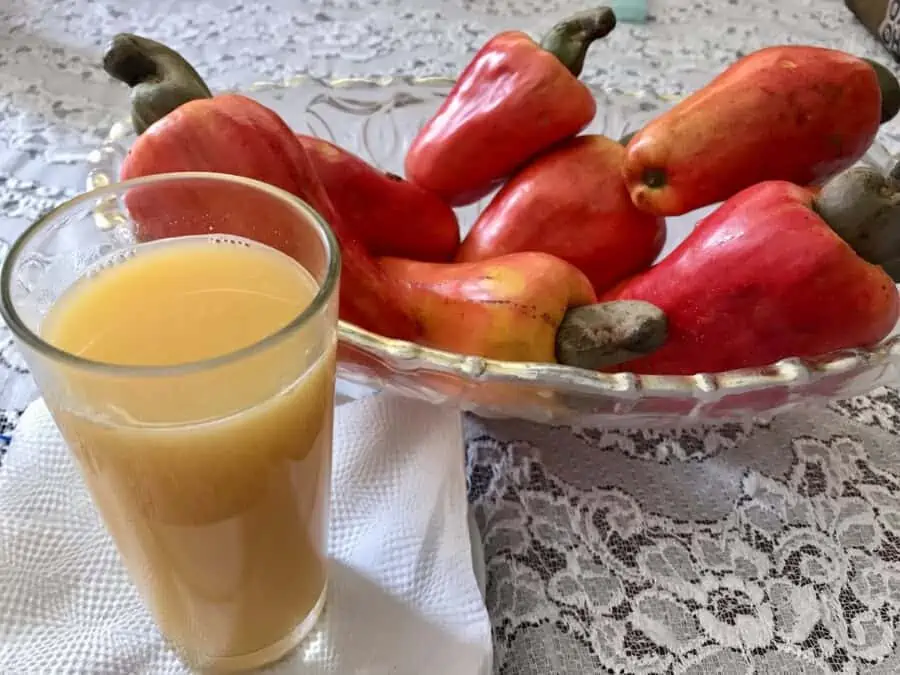
Popular throughout Latin America, licuados are smoothies made with milk, fresh fruit and ice. They’re velvety, nutritious and delicious often seasonally inspired.
These non-alcoholic Guatemalan fruit drinks are generally enjoyed during the daytime.
Some unique flavours well worth trying include the sweet-tart licuado de mora (blackberry), platano, avena and fresa (plantain, oatmeal and strawberry) and jocote mariñon (cashew apple).
11. Limonada (Fresh Limeade)

This refreshing Guatemalan beverage is another popular non-alcoholic drink to enjoy with traditional food.
It comes made with either plain (purified) water or agua mineral (mineral water) or soda. It’s generally sweetened with cane sugar or honey.
Because limonada con soda is a sparkling beverage, it’s especially popular with spicy dishes.
12. Michelada Chapina
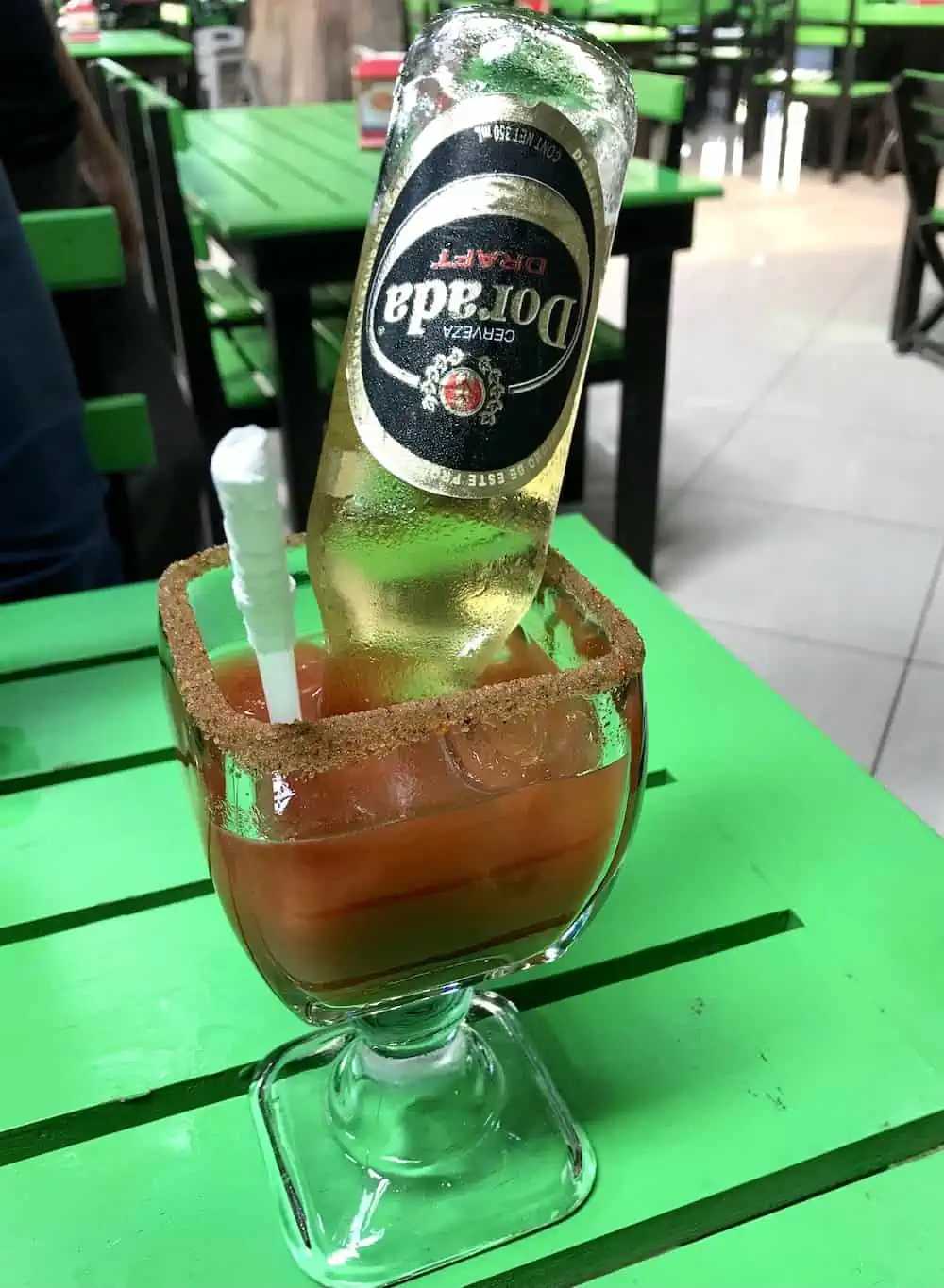
A Guatemalan twist on the classic Mexican Michelada, this beer and tomato juice cocktail includes lime, hot sauce, and Worcestershire sauce.
The glass is rimmed with Tajín or a mix of chile cobanero and salt. Shrimp, lime or cucumber (or all three!) are popular garnishes.
This Guatemalan drink is a zesty choice for those seeking a bit of spice.
13. Piconas or Picositas (Spicy Beers)
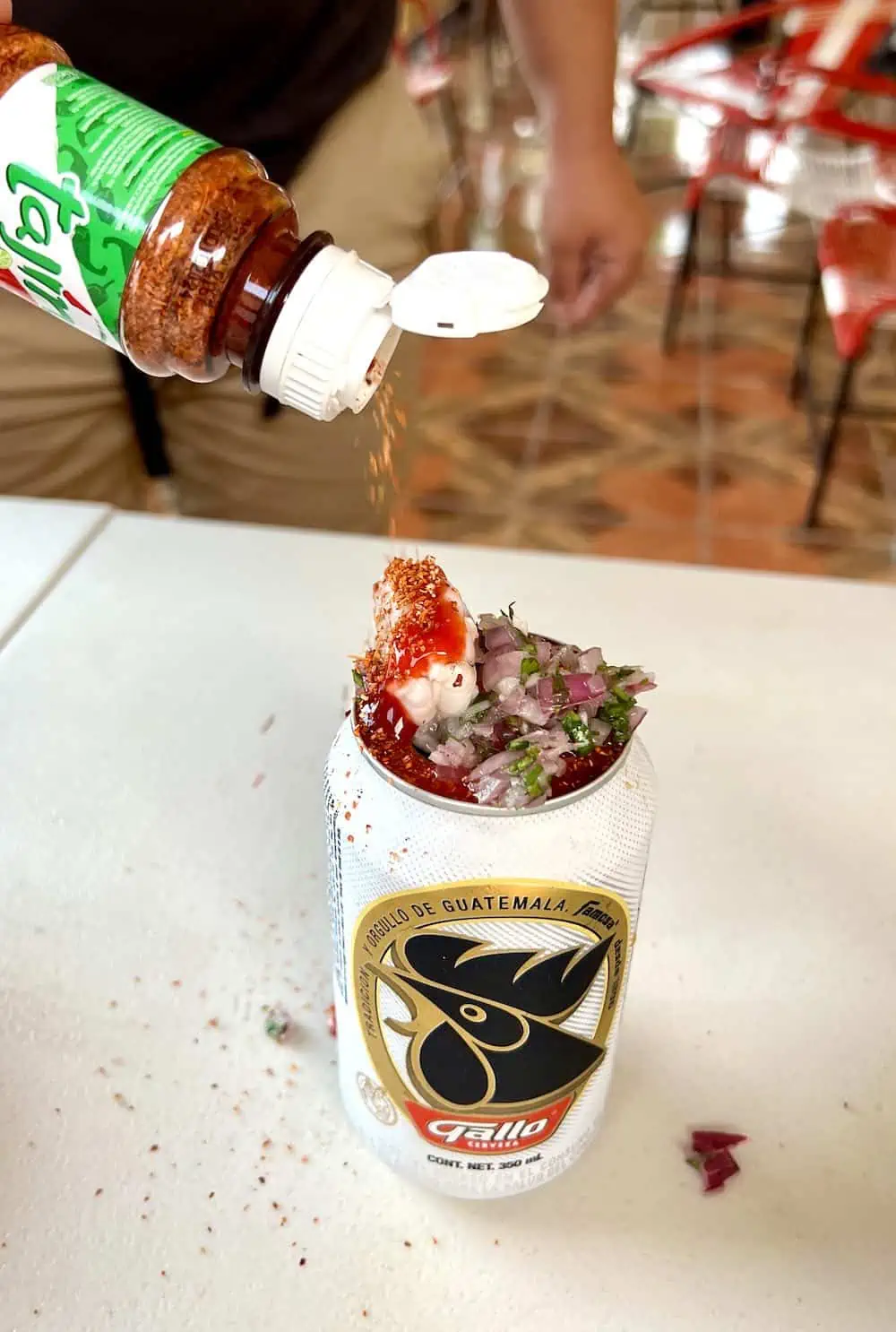
One of the most unique drinks to try in Guatemala are picositas. Said to have been invented at Hugo’s Ceviches Restaurant in Antigua around 1993, this fun but oh-so-messy concoction is basically shrimp ceviche meets Michelada in a beer can.
And surprisingly it works! And is delicious!
The process begins with a can of beer, usually Gallo. A small amount of beer is poured out of the can.
Then, whole peeled shrimp are “cooked” in lime juice as though making ceviche. Then, the chef chops cilantro, red onion, serrano peppers (or chiltepin) until very fine.
Finally, a small amount of beer is poured out of the can. This makes space for sea salt, a spoonful of the cilantro/red onion/pepper mixture, a squirt of fresh lime juice, a dash of Worcestershire sauce and some Maggi sauce.
The beer can should be overflowing by now but there’s still space to position one (or more) of the marinated shrimp strategically into the can’s opening.
A final flourish of lime juice and sprinkle of chile salt and it’s ready to enjoy.
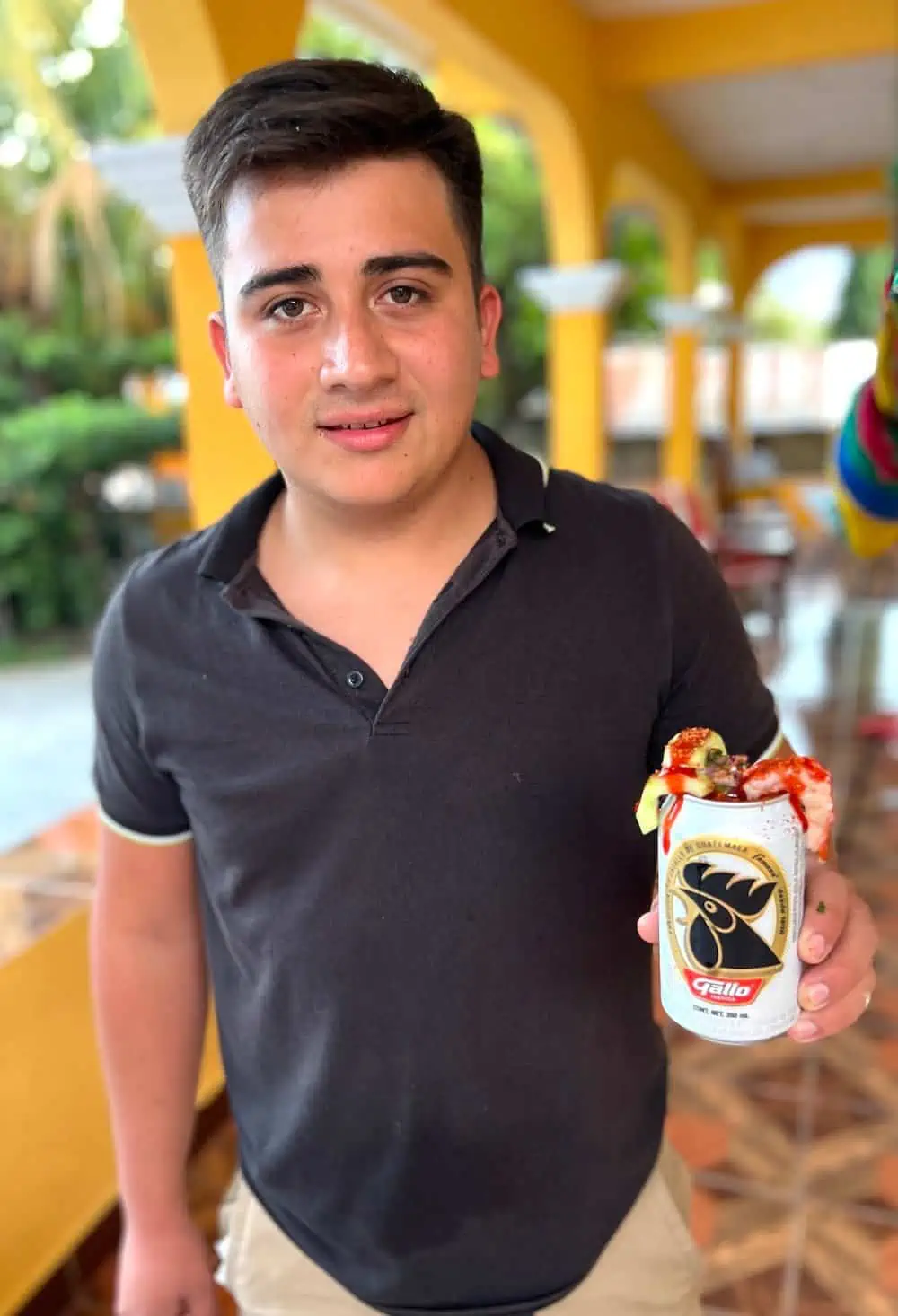
The original way to serve a picosita is in a brown paper bag. That way it absorbs the mess and condensation.
Popular variations can feature cucumber instead of shrimp.
Make it at home with our Easy Recipe for Picositas.
14. Ponche de Leche (Milk Punch)
Ponche de leche (milk punch) is another non-alcoholic Guatemalan drink that’s easy to prepare, nutritious and perfect for serving a crowd.
It’s especially popular during Navidad (Christmas) and actually looks very similar to eggnog in colour. But unlike eggnog, Guatemalan ponche de leche contains no eggs! Instead, it gets its pale yellow colour from elote (corn).
Enjoy it sprinkled with cinnamon or with a stick of cinnamon.
15. Rompope or Rompopo (Eggnog)
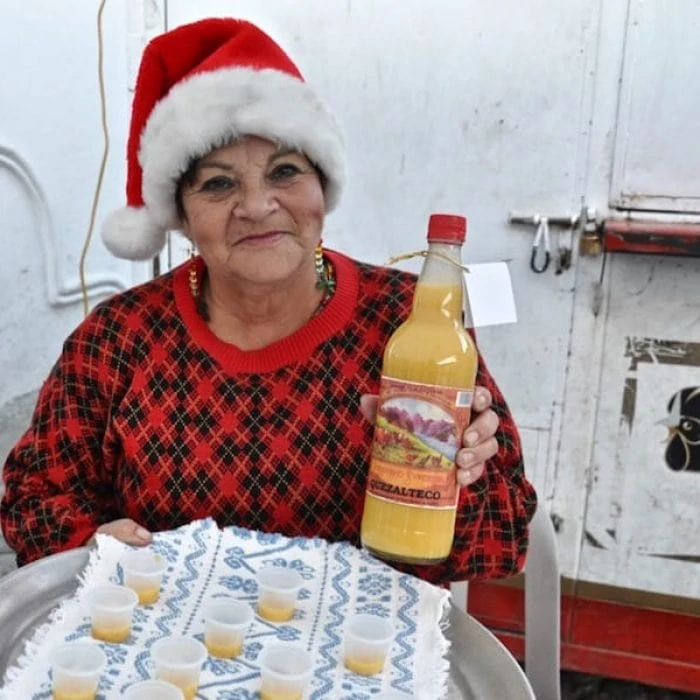
Known as Guatemala’s eggnog liqueur, rompopo (also known as rompope) is a sweet, creamy liqueur popular throughout Mexico and Central America.
Unlike Mexico where several famous brands of rompope (such as Santa Clara) are mass produced in for domestic use and export, in Guatemala, rompope production is still very much a cottage industry.
Rompope is often enjoyed during Navidad, the Christmas festive season that begins on the Quema del Diablo (Burning of the Devil festival) on December 7th.
Enjoy rompope as a shot or pour over ice to sip slowly and savour the blend of warming spices and rum.
It’s a popular drink to serve during Las Posadas of December.
🌟Try It: The country’s hub for rompope production is Salcajá, a small town in the highlands north of Quetzaltenango.
16. Refrescos de Frutas
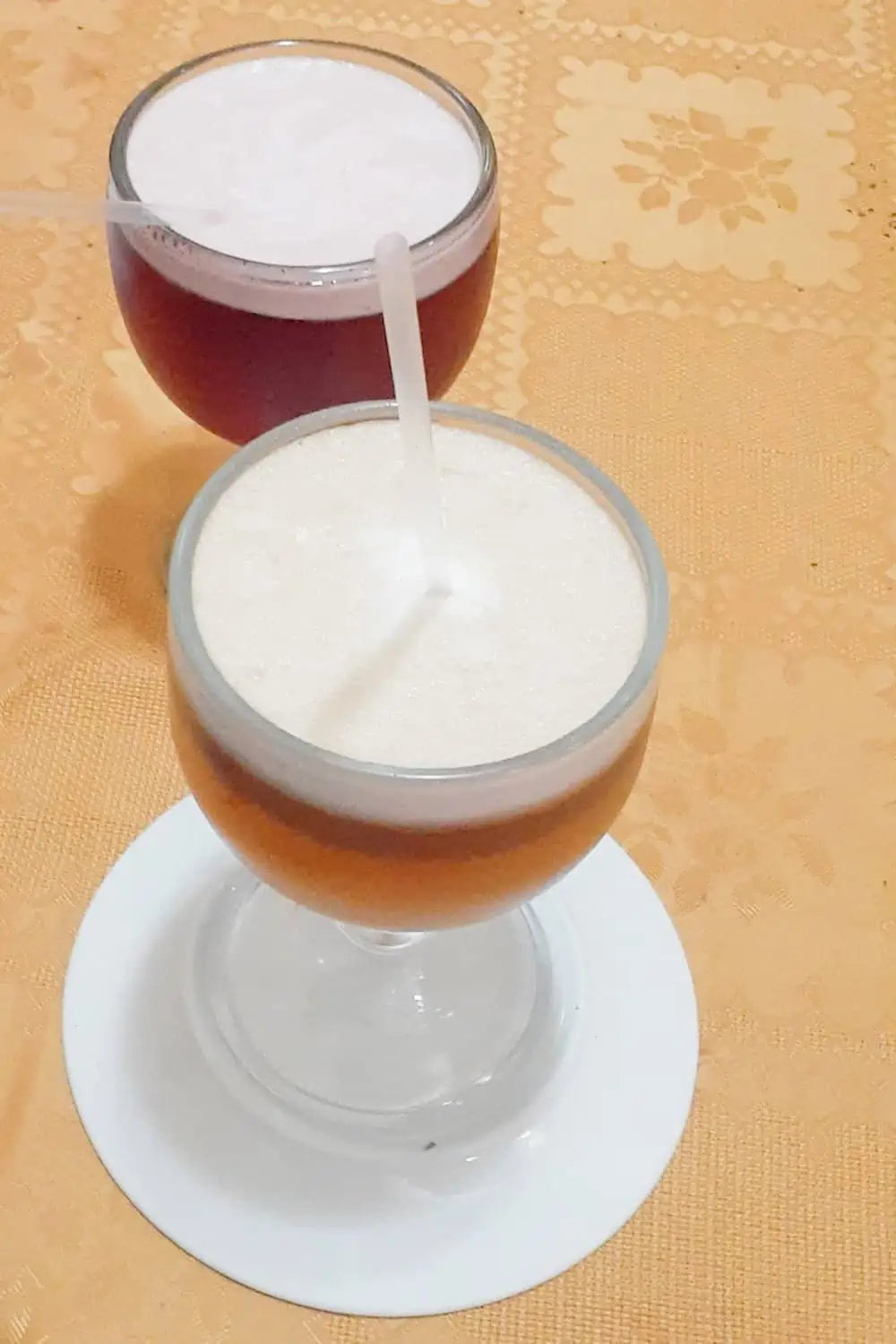
Dive into the fresh side of Guatemalan drinks with a refresco de fruta. This fruity non-alcoholic concoction is available in a variety of unique flavours.
Made with fresh fruit mixed with panela (raw sugar cane), they’re a refreshing alternative to soft drinks.
Another popular refresco to look for in Guatemala is tamarind. It’s made from tamarind pods that have been peeled and soaked in water.
Equally popular is rosa de jamaica, made from hibiscus flowers. It’s steeped like a tea to make agua de jamaica or fresco de rosa de jamaica.
🌟Try It: For a taste of Guatemala at home, whip up this easy recipe for iced hibiscus tea.
17. Pericòn Tea
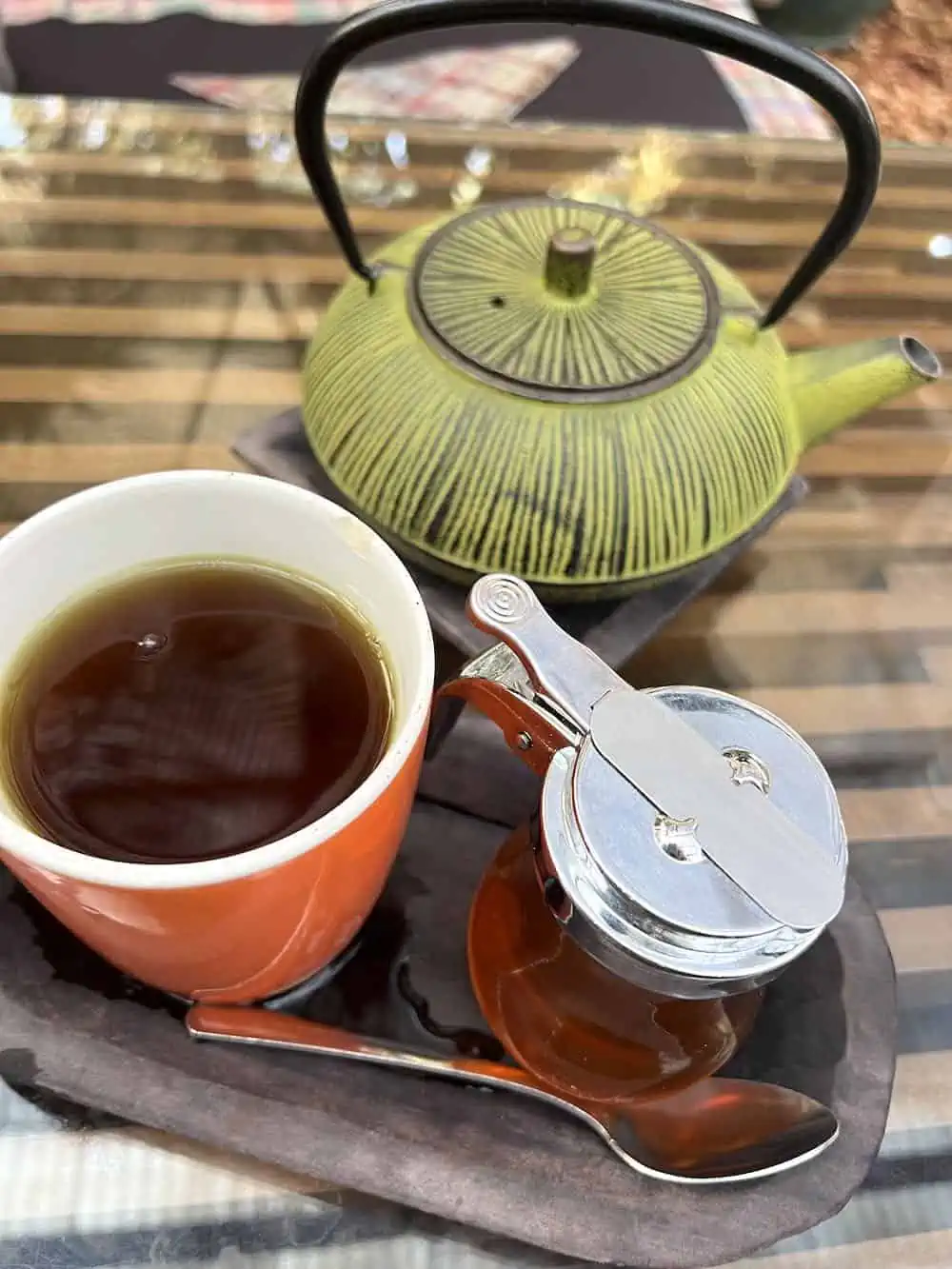
Infusions of dried fruit, herbs and plants such as flowers make popular hot drinks in Guatemala.
While it’s possible to sip familiar herbal teas such as chamomile (manzanilla), mint (hierba buena), jamaica (hibiscus) and ginger (jengibre), why not try a unique tea such as pericòn?
Made of the tagetes lucida plant (wild marigold), pericòn tea is common throughout Latin America but is especially popular in Guatemala.
The Maya and Zapotec people have long considered pericòn a medicinal plant. They value it as an herbal remedy for its purported soothing effect on the stomach and nerves.
My Guatemalan mother-in-law often has a pot of pericòn tea steeping on the stove. While she uses stalks and leaves harvested from her garden, it’s also possible to find pericòn tea in supermarkets.
It has a tarragon-like scent and slight anise flavour.
18. Quetzalteca
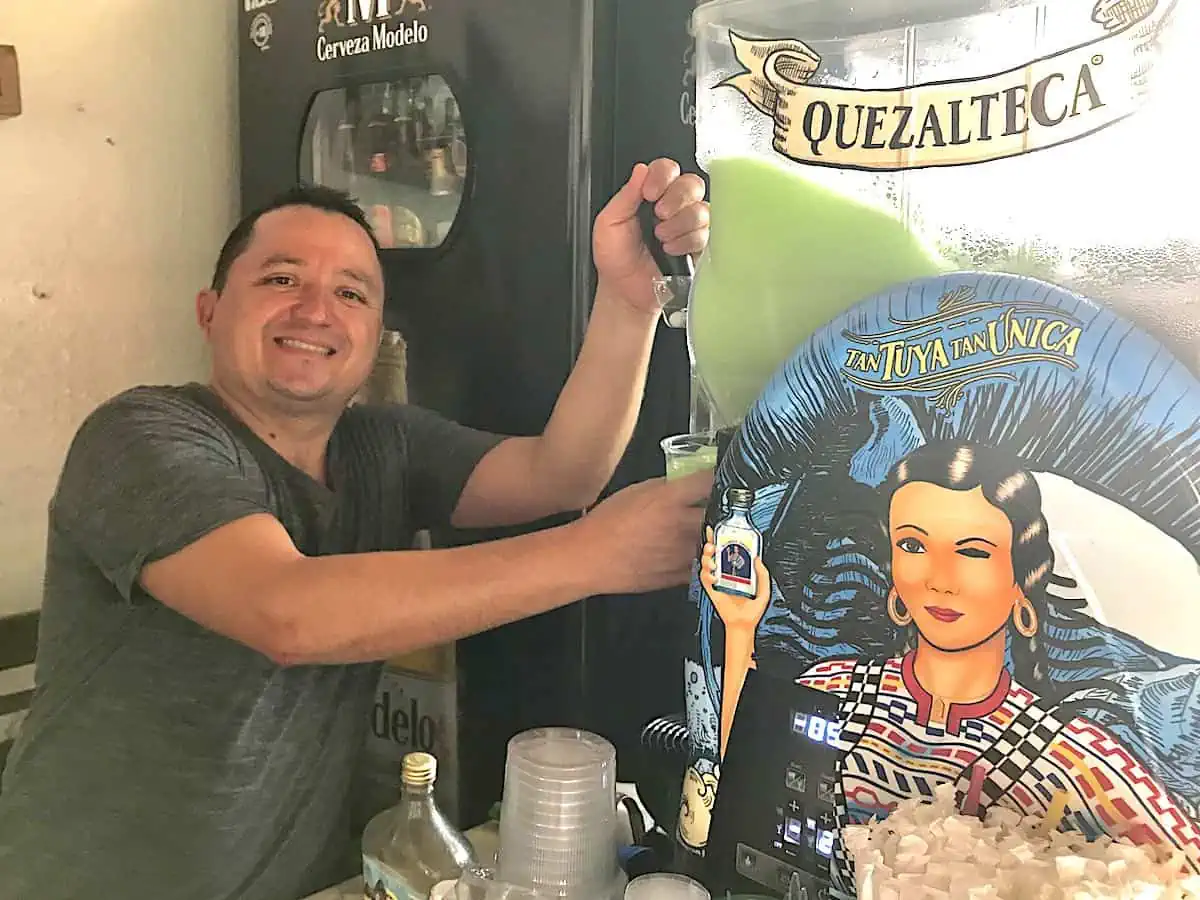
This iconic Guatemalan alcoholic beverage is a popular drink among locals.
Its sweet and fruity taste, coupled with its eye-catching rainbow of colours, makes it a staple at social gatherings.

Despite its deceptively sweet flavour, Quetzalteca is a potent aguardiente and packs a punch. It contains 29-60% alcohol by volume.
🌟 Try It: Quetzalteca is available by bottle or on tap. The best way to drink Quetzalteca is in a shot glass or mixed with sparkling soda water to cut the sweetness.
19. Venado (White Aged Rum)
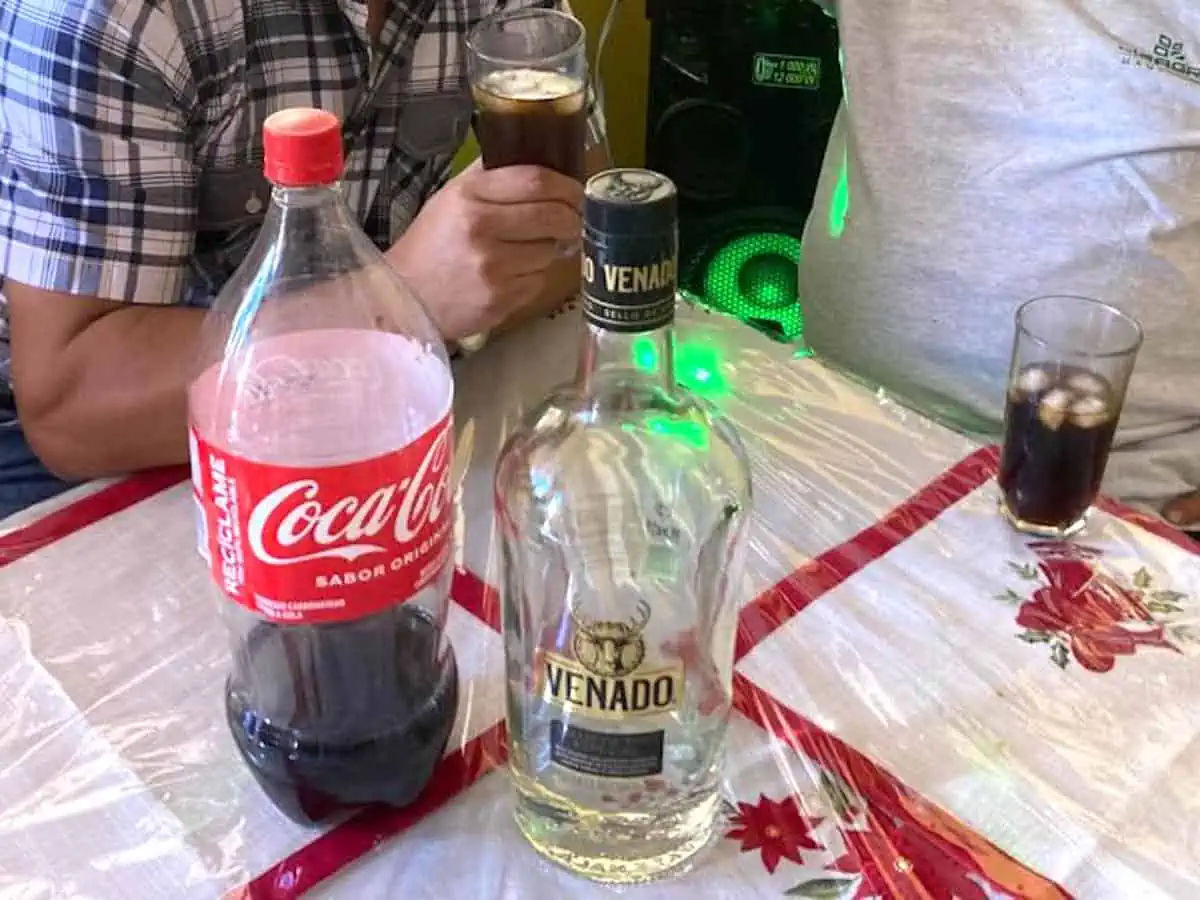
Gallo isn’t the only popular Guatemalan drink with alcohol to enjoy at parties. Venado Especial Rum is one of the country’s most popular spirits! So definitely place it on your must-try list of Guatemalan drinks.
This Guatemalan white rum is aged in white oak barrels for 18 months. The aging adds a smoothness to its bold taste.
At Guatemalan parties, often a host will place a bottle of Venado and a 2-litre bottle of Coca Cola on a table with a bucket of ice so guests can help themselves.
With a twist of lime, rum and venado becomes a Guatemalan Cuba Libre! It’s a signature drink in Guatemala.
20. Ponche de Frutas (Holiday Fruit Punch)
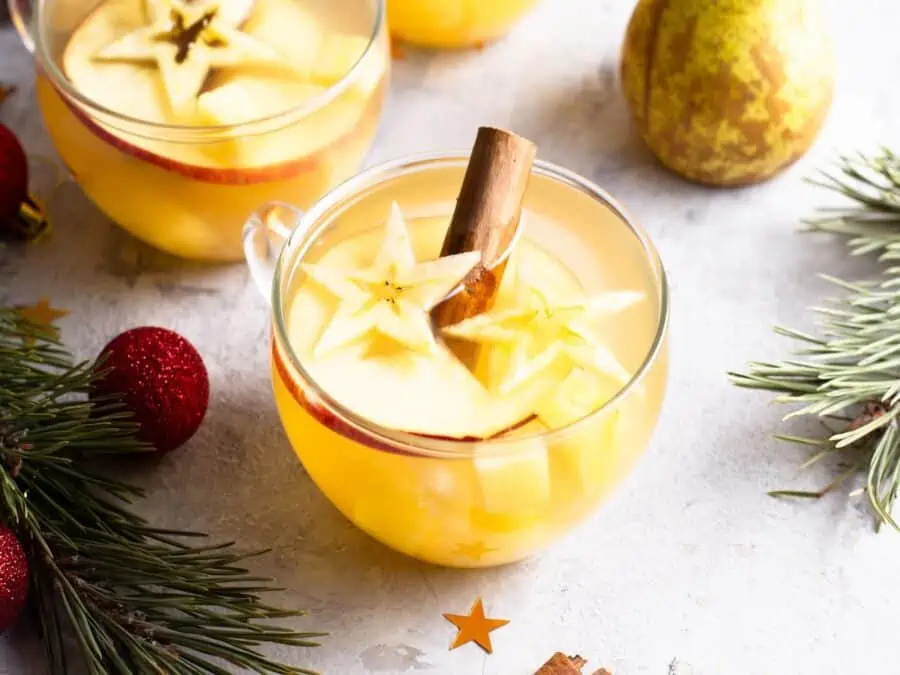
Celebrate the festive spirit with Guatemalan ponche de frutas or Ponche Navideño, a Christmas fruit punch enjoyed during the holiday season.
This hot, aromatic beverage is made with fresh fruit like pineapple, plums, pears and plantain combined with dried fruit such as apples and raisins. It’s then simmered with spices such as cinnamon.
Often made in big batches and enjoyed during Christmas and other special occasions, ponche de frutas adds a sense of warmth and conviviality to get togethers.
Especially when a served with Zacapa rum or Venado.
🌟 Try It: Get our family recipe for ponche de frutas. This authentic Guatemalan holiday fruit punch is sure to become a family favourite of yours as well!
21. Ron de Zacapa (Zacapa Rum)
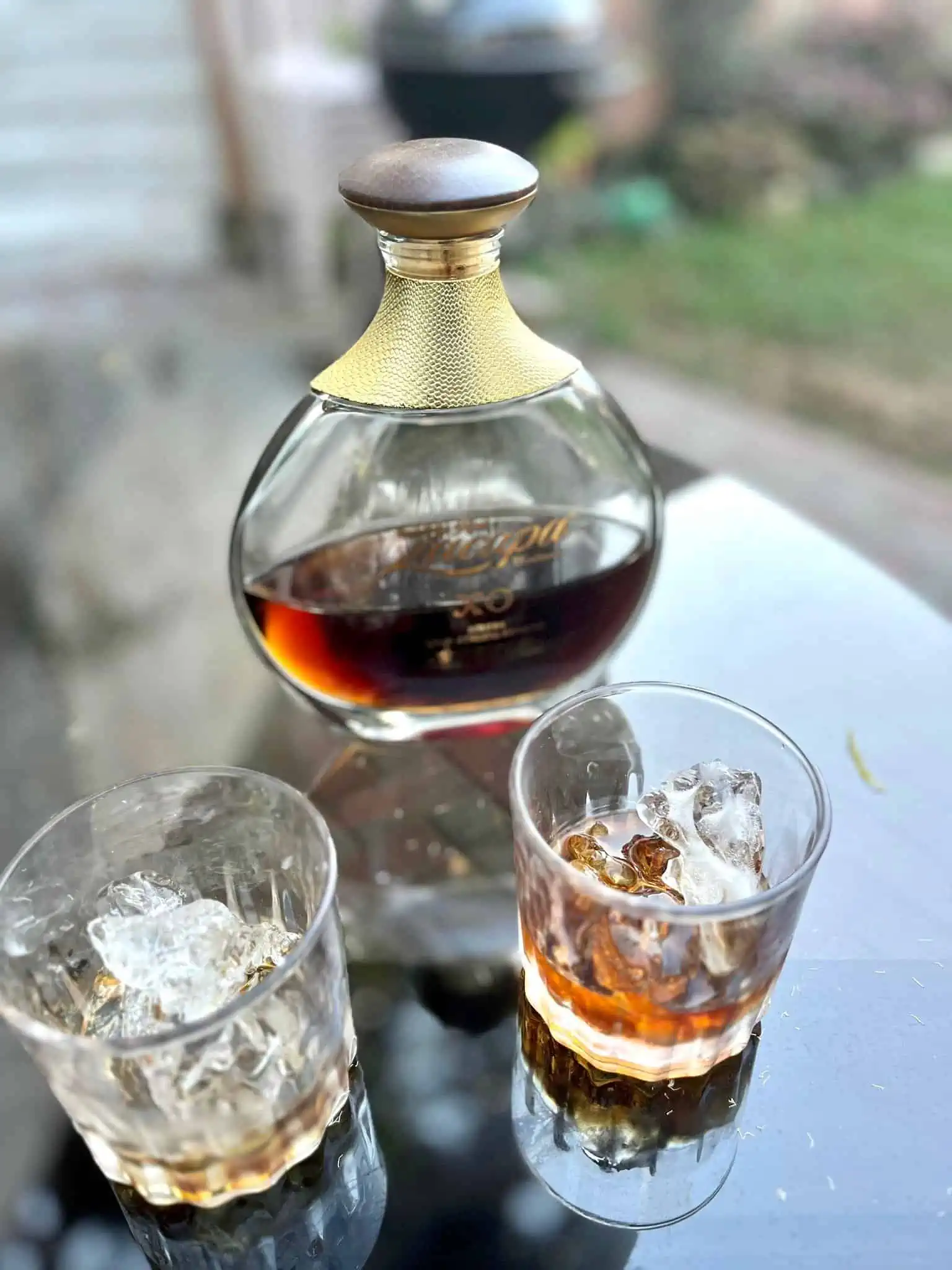
For those seeking a taste of luxury, Zacapa Rum (Ron Zacapa Centenario) is a world-renowned and award-winning dark rum from Guatemala.
Crafted from sugar cane grown in the lowlands and aged in barrels in the highlands, Ron de Zacapa boasts complex flavours that embody the country’s diverse landscape.
Unlike the Caribbean where rum is an essential ingredient in cocktails such as rum punch and piña coladas (the national drink of Puerto Rico), Ron de Zacapa is a sipping rum.
Enjoy it as you would fine cognac.
🌟 Pro Tip: Be sure to pick up a bottle of Zacapa Rum at the Duty Free shop at La Aurora International Airport when leaving Guatemala.
Summary

I hope you’ve enjoyed this whirlwind tour of must-try Guatemalan drinks. As you travel through Guatemala, be sure to keep a look out for them!
Whether you’re exploring the highlands, wandering through the markets or relaxing on the shores of Lake Atitlán, these beverages will undoubtedly enhance your travel experience, one sip at a time.
Or, if travel isn’t on your immediate radar, why not try one of our authentic Guatemalan recipes and enjoy a taste of Guatemala at home!
More Guatemala Food and Travel Tips
Save to Pinterest!
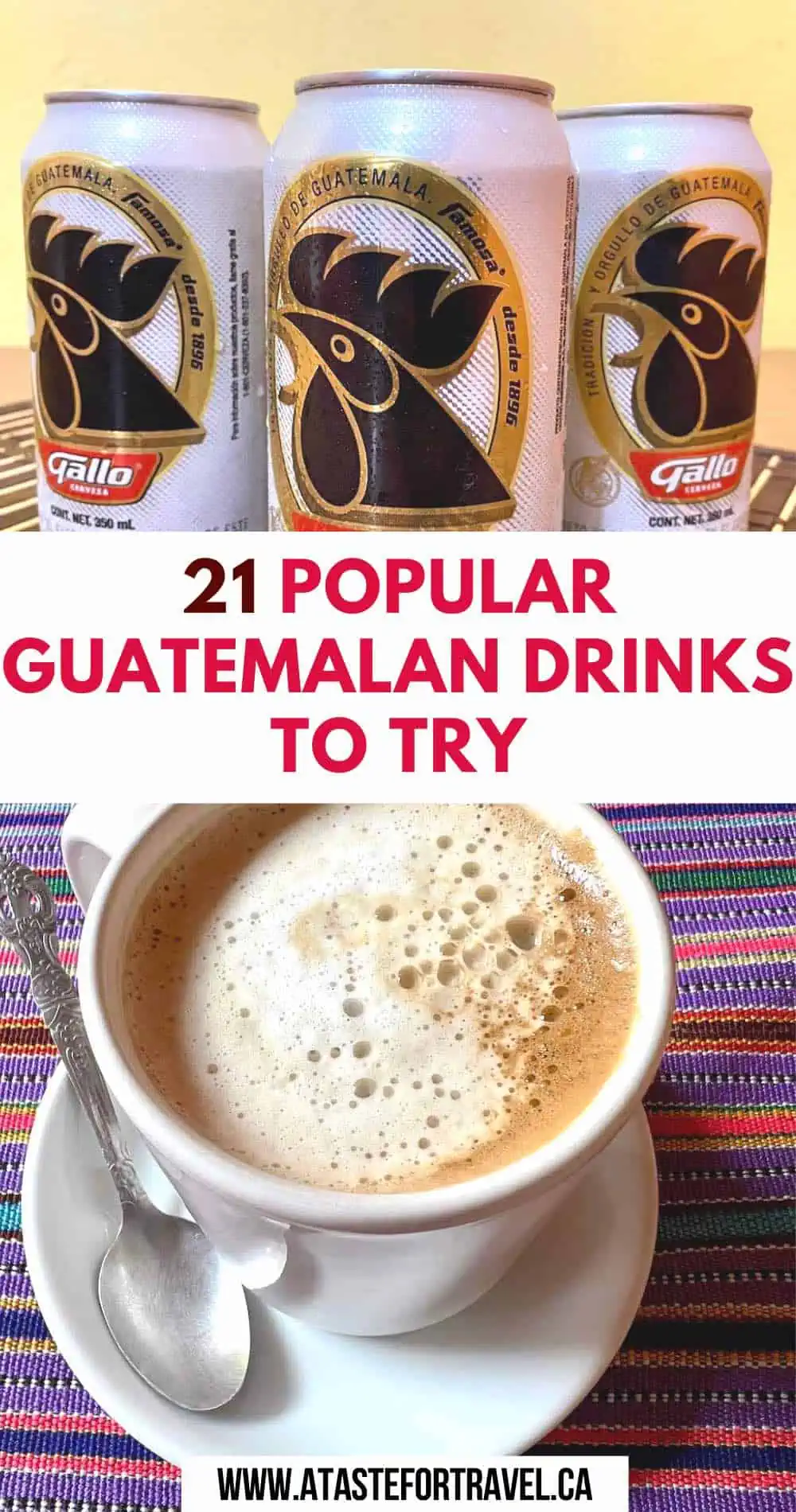




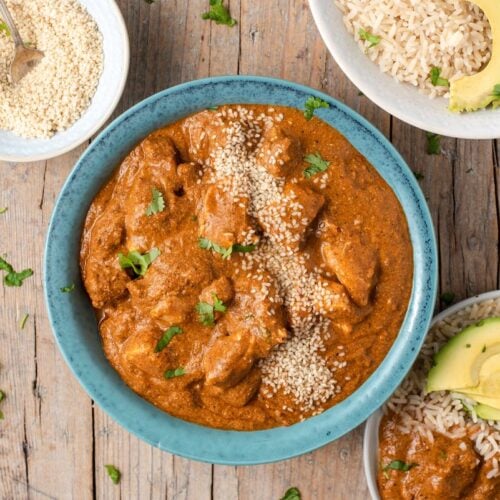

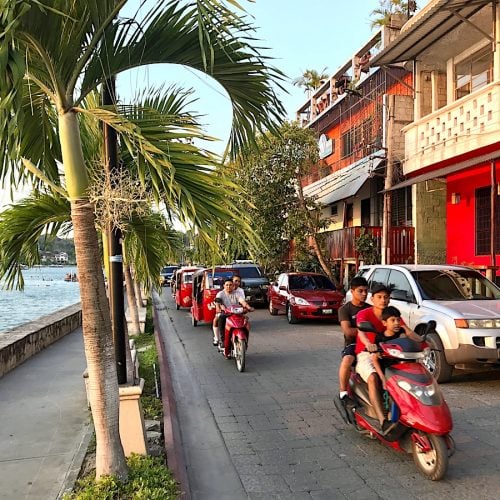
 Creamy Pasta with Sun-Dried Tomatoes and Eggplant
Creamy Pasta with Sun-Dried Tomatoes and Eggplant